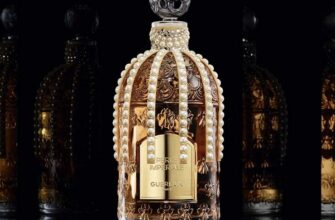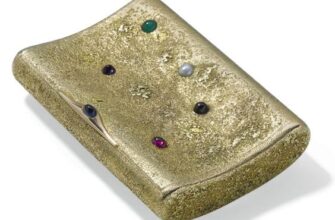Over time, gold jewelry loses its luster and becomes darker: this means that it is time to clean the jewelry. You can contact a jewelry workshop or return the product to its original appearance at home. If you decide to cope on your own, we tell you how to act and what nuances to take into account.
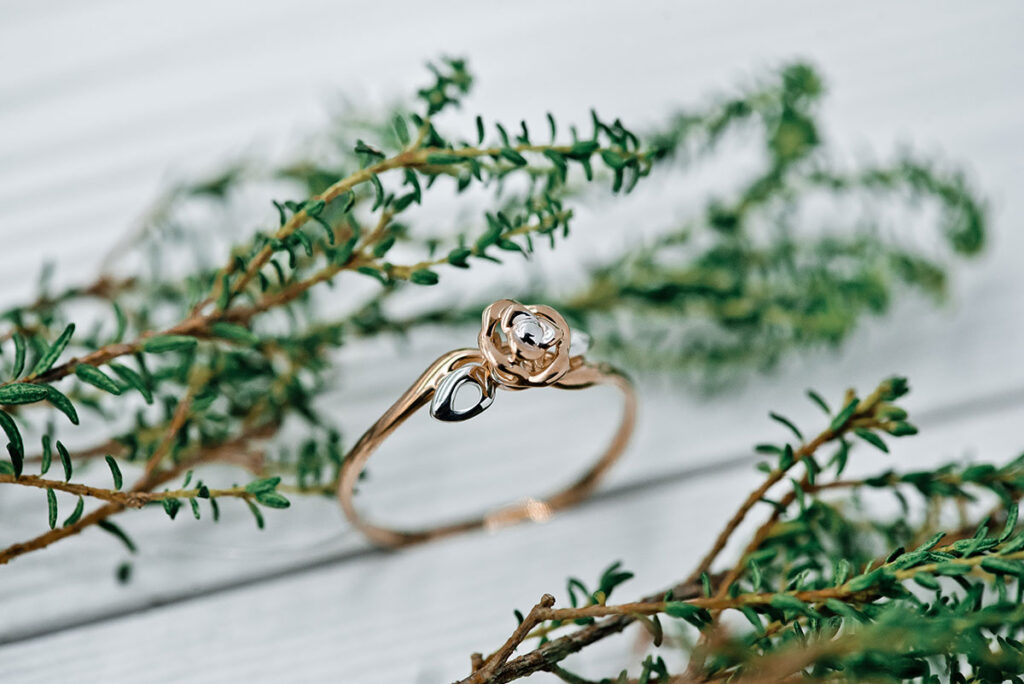
Weak degree of pollution
This pollution refers to the loss of gloss, uniform darkening of the metal.
Polishing is suitable for daily care of jewelry, giving products a mirror shine and cleansing from small impurities. It eliminates light plaque, consisting of dust, sebum and cosmetics. The polishing method is also indicated if a darkened product needs to be returned to its original shade.
Polish your jewelry with a soft microfiber, flannel or suede cloth in a gentle, one-directional motion, applying only light pressure to the metal. To enhance the effect, along with a soft cloth, use the following improvised means:
- Lipstick. Apply lipstick to fabric or directly to metal, buff. After the procedure, you do not need to wash the jewelry.
- Table vinegar 9%. Rub the product with vinegar, leave for 15 minutes, then rinse the jewelry with water and dry.
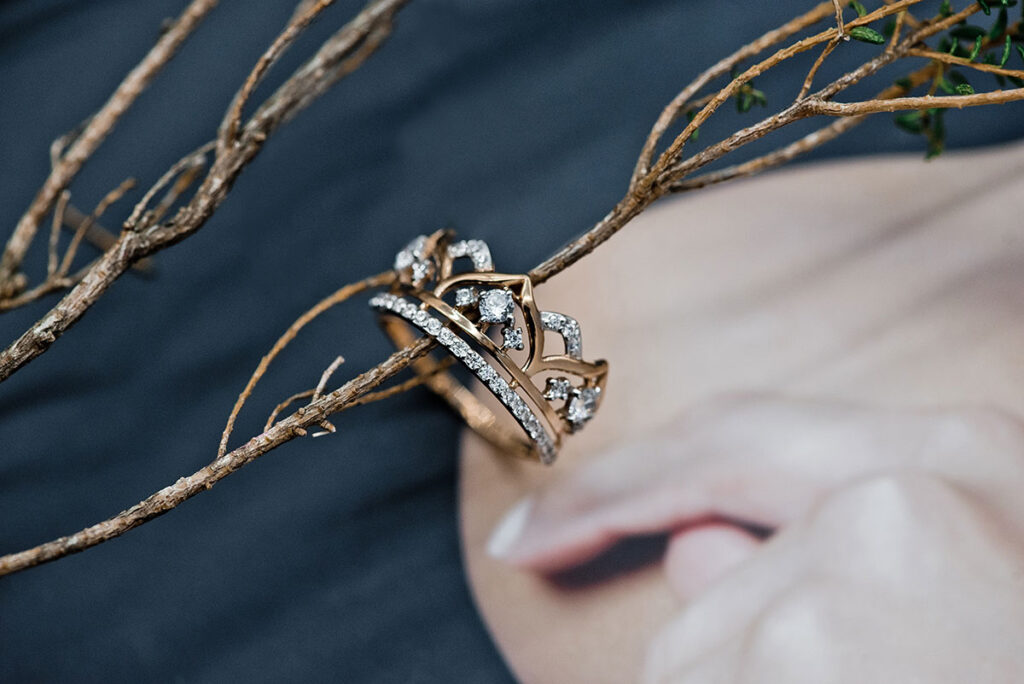
- Onion juice. Rub the product with juice, leave for 30 minutes, then rinse the jewelry with water and dry.
- A solution of egg white and beer. For the solution you will need the protein of one egg and two teaspoons of beer. Rub the product with the prepared composition, then rinse the jewelry with water and dry.
- Magnesia, glycerin, ammonia. Mix the ingredients in equal proportions, rub the product with the prepared composition, then rinse the jewelry with water and dry.
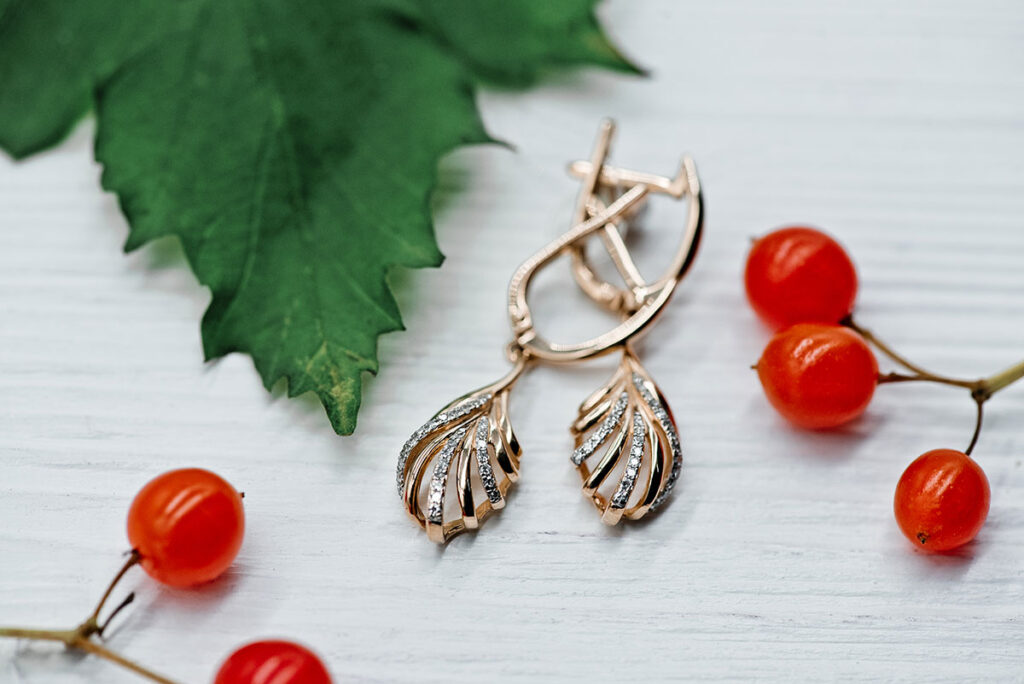
Average degree of pollution
This is plaque and old pollution.
To clean jewelry with medium (old plaque) and strong (uneven shade of metal) degree of contamination, soaking in a solution is used.
The method is also ideal for cleaning lightly soiled jewelry with complex designs, when there is a need to get rid of plaque in hard-to-reach places.
Water, liquid soap, ammonia (10% ammonia solution)
To prepare: glass container, measuring cup, pipette, paper napkin, soft cloth.
Mix in 200 ml of water at room temperature 10-15 drops of liquid soap and 5-10 drops of ammonia. Soak the jewelry in the solution for 8-10 hours. After the allotted time, remove the products, rinse with clean water, dry and polish with a cloth.
Water, salt or sugar
To prepare: glass container, measuring cup, measuring spoon, paper napkin, soft cloth.
Pour 150 ml of hot water into a container, dissolve 50 g of salt or sugar in it and immerse the gold jewelry. After 8-10 hours, rinse the products with clean water and dry.
Water and baking soda
To prepare: glass container, measuring cup, measuring spoon, paper napkin, soft cloth.
Mix water and baking soda in equal proportions until a paste forms. Gently apply the composition to the product and leave for 2-3 hours. After the allotted time, rinse the jewelry with clean water and wipe with a soft cloth. Do not rub the surface of the product with paste - abrasive particles of soda can damage it.
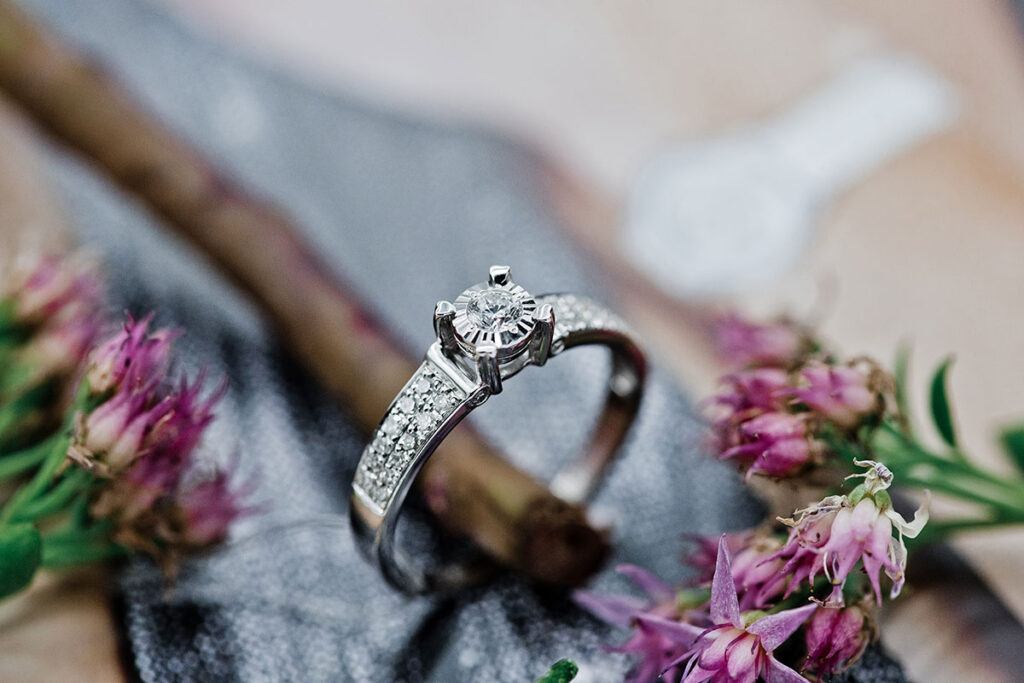
Severe degree of pollution
These include an uneven shade due to exposure to chemicals: cosmetics, perfumes and detergents.
Water, hydrogen peroxide and liquid soap
To prepare: glass container, measuring cup, teaspoon, paper napkin, soft cloth.
Mix two teaspoons of hydrogen peroxide (200% concentration) and a teaspoon of liquid soap in 3 ml of water. Immerse the gold jewelry in the prepared composition for 20 minutes, then rinse and dry.
Ammonia (10% ammonia solution) and washing powder
To prepare: glass container, measuring cup, teaspoon and tablespoon, paper napkin, soft cloth.
Ammonia can be used in two ways: apply to a cotton pad and wipe the product with it, or prepare a solution based on it.
To prepare a cleaning solution, you will need 200 ml of hot water, a teaspoon of ammonia and a tablespoon of washing powder (use children's). Immerse the jewelry in the composition and leave for 2-3 hours, then rinse them with water and wipe with a cloth.
Ammonia is also suitable for matte gold products, which are contraindicated for any, including soft abrasives.
How to clean white gold?
White gold is composed of silver, manganese, palladium and nickel and is often plated with rhodium to obtain a beautiful sheen. For cleaning jewelry made of this metal, only gentle products are suitable.
- Plaque is removed by soaking in gentle solutions (soap, salt, sugar, soda).
- Spots of different shades on the surface of the jewelry cannot always be bleached at home; to remove them, you will have to contact a jewelry workshop.
-
- Spots of yellowish color are formed due to the destruction of the rhodium plating and are eliminated by galvanization.
- Dark spots are formed under the action of acids and their vapors. Even careful polishing of white gold jewelry can damage the rhodium plating, and it will have to be restored.
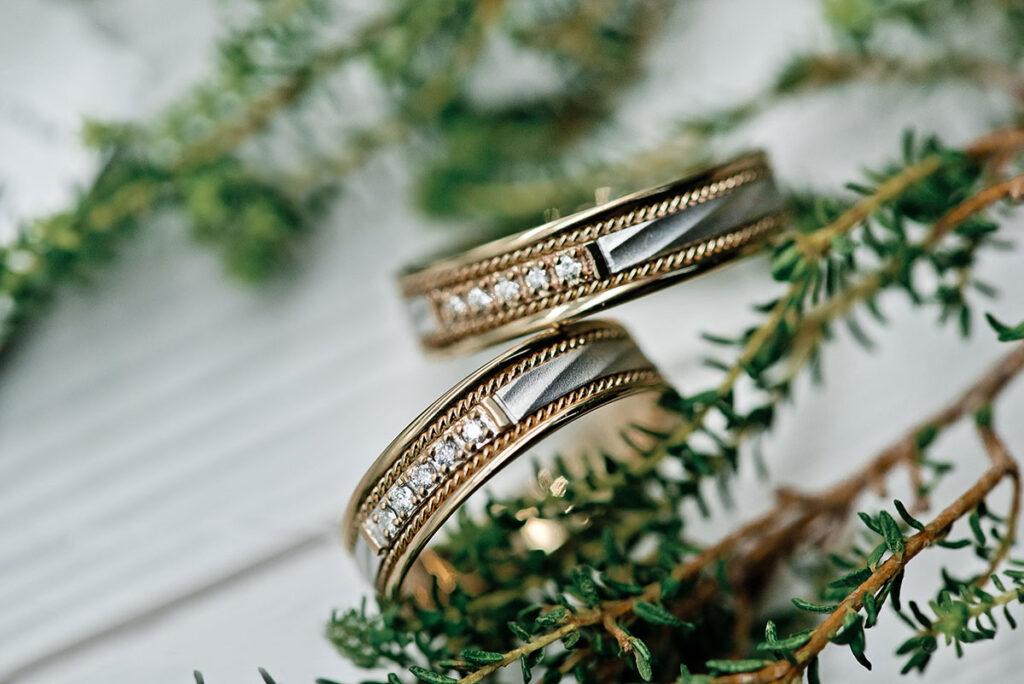
How to clean gold with stones?
Decorations decorated with inserts are whimsical. Minerals differ from each other in physical and chemical properties and require an individual approach. Therefore, for example, gold with diamonds or pearls should be cleaned in different ways: choosing the wrong method can cause a change in the shade of the stone, its dullness and destruction.
| Stone | What can | What to exclude |
| Diamond, sapphire | wash in soapy water at room temperature, wipe with ammonia, soft cloth | avoid heating sapphire jewelry |
| Emerald, ruby, topaz | rinse in clean water, wipe with a soft cloth | shocks and other mechanical influences (including abrasives), heating |
| Garnet, amethyst | wash in soapy water at room temperature, wipe with a soft cloth | impacts and other mechanical influences (including abrasives), heating, chemicals (acids, alkalis) |
| Aquamarine, chrysolite | wash in a solution based on ammonia or washing powder | impacts and other mechanical influences (including abrasives), heating, chemicals (acids, alkalis) |
| Tourmaline | wash in soapy water at room temperature, wipe with a soft cloth | impacts and other mechanical influences (including abrasives), heating, chemicals (acids, alkalis) |
| Turquoise, opal | dry clean only with a soft cloth or suede | any contact with water, impacts and other mechanical influences (including abrasives), heating, chemicals (acids, alkalis) |
| Pearl | rinse in clean water, wipe with a soft cloth | impacts and other mechanical influences (including abrasives), chemicals (acids, alkalis), heating |

